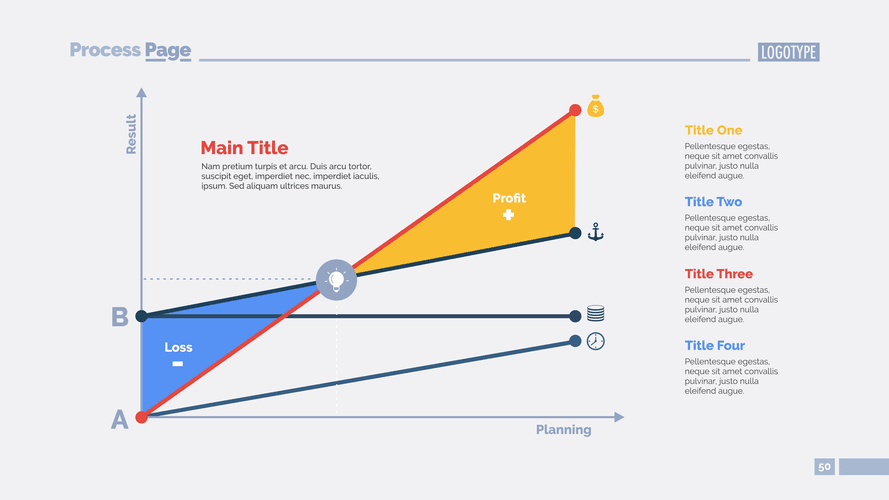Post Closing Trial Balance Explanation and Example

Thus, the post-closing trial balance shows the company’s financial health accurately. Learn how post-closing trial balances ensure accuracy in financial reporting by focusing on permanent accounts and identifying common preparation errors. Adjusted trial balance – This is prepared after adjusting entries are made and posted. Its purpose is to test the equality between debits and credits after adjusting entries are prepared. Looking at a company like MicroTrain, its post-closing trial balance shows different accounts—assets, liabilities, and equity.
What adjustments are made when preparing a Post-Closing Trial Balance?
This makes sense because all of the income statement accounts have been closed and no longer have a current balance. The post-closing trial balance ensures the ledger is prepared for the next accounting period by focusing on the balances of permanent accounts. It provides a snapshot of the company’s financial position at a specific point in time, which is important for stakeholders who rely on accurate financial data. The post-closing trial balance acts as a bridge between the closing of one accounting period and the beginning of another, ensuring continuity and accuracy in financial reporting.
Adjusted trial balance
- This often occurs due to oversight or misclassification during the ledger review process.
- If there are any temporaryaccounts on this trial balance, you would know that there was anerror in the closing process.
- This resets revenue, expense, and owner’s drawing accounts to zero.
- They’re vital for correct financial statements, affecting income and retained earnings statements.
- All accounts with debit balances are listed on the left column and all accounts with credit balances are listed on the right column.
- Closing entries are essential for getting the general ledger ready for the new accounting period.
It helps with making decisions inside the company and in dealing with investors. This document meets SEC rules and is clear about a company’s financial health. Good accounting keeps a business financially solid and ready for the future. Adjusted trial balance is key for an exact post-closing trial balance. This step in the accounting cycle needs detailed use of accrual accounting rules to show real financial status. Accruals, showing earned revenues or incurred expenses, are noted even without cash transactions.
- The post-closing trial balance plays a key role in the accounting world.
- Regular cross-verification against source documents and transaction records is a useful practice to mitigate this risk.
- This document meets SEC rules and is clear about a company’s financial health.
- Nominal accounts are those that are found in the income statement, and withdrawals.
- These include assets, liabilities, and equity, which form the foundation of a company’s financial position.
Pre-Closing vs. Post-Closing Trial Balances
All accounts with debit balances are listed on the left column and all accounts with credit balances are listed on the right column. In financial reports, this balance confirms account balances are mathematically correct after closing entries. It makes sure all temporary accounts are cleared, fitting Bookkeeping for Veterinarians accounting standards.
- Minor mistakes can alter your financial statements and lead to business decisions that are based on incorrect information.
- One common error is the omission of certain permanent accounts, which can skew the financial picture.
- He is known for his pragmatic approach to fiscal policy and governance.
- The balances of these temporary accounts move into your business’s retained earnings as part of the closing process.
Assets represent resources owned by Accounting Periods and Methods a company that are expected to provide future economic benefits. In a post-closing trial balance, asset accounts such as cash, accounts receivable, inventory, and property, plant, and equipment are included. These accounts are essential for assessing a company’s liquidity and operational efficiency.


A trial balance in accounting helps uncover any mathematical errors in your bookkeeping practices. If the total debits equal your total credits, your trial balance is properly balanced – which indicates your ledgers probably don’t contain errors. But if there’s a difference in the totals, there could be mistakes to fix. Trial balances are also a useful foundation when preparing your financial statements. You then do your post-closing trial balance to verify that all debit and credit balances are equal, and to prepare your general ledger for the next accounting period.

Comparing Pre-Closing and Post-Closing Trial Balances: Key Differences
It helps avoid 60% of common errors, building trust and a solid reputation. At year-end, these accounts move their totals to the shareholders’ equity. This is done on the balance sheet, where accounts are permanent. Here’s an example of the trial balance format that shows the closing balances of all accounts in the general ledger at the end of a financial period.
Adjustments ensure prepaid expenses are spread out as needed, and depreciation on assets is rightly expensed. Accounting software requires that all journal entries balance before it allows them to be posted to the general ledger, so it is essentially impossible to have an unbalanced trial balance. Thus, the post-closing trial balance is only useful if the accountant is manually preparing accounting information. For this reason, the post-closing trial balance helps to verify that most procedures for closing the books do not include a step for printing and reviewing the post-closing trial balance. All temporaryaccounts with zero balances were left out of this statement.

